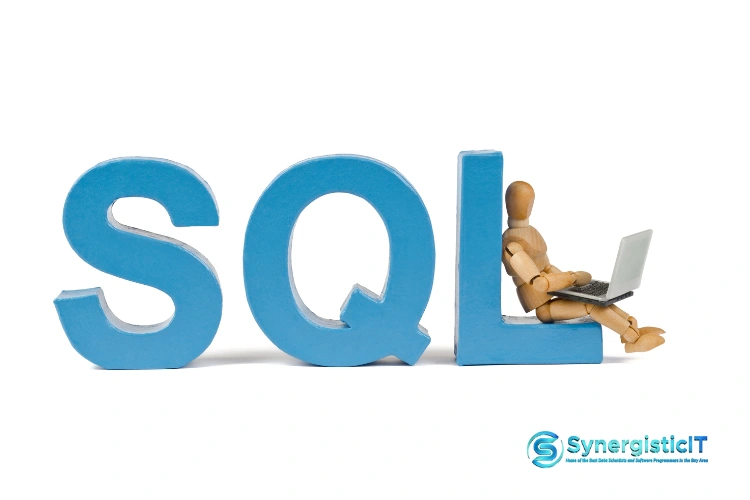
PL/SQL is an important skill for anyone working with Oracle databases. It allows developers to write complex queries and procedures using SQL and procedural logic together. If you’re preparing for a job that involves Oracle development or database administration, knowing PL/SQL is often a must. In interviews, you may be asked about stored procedures, triggers, exception handling, and performance tuning.
This page offers a list of commonly asked PL/SQL interview questions with simple and clear answers. Whether you’re a beginner or an experienced professional, these questions will help you build confidence and improve your preparation. PL/SQL is widely used in industries like finance, healthcare, and government, making it a valuable skill to master.
So, take the time to review these questions, understand how PL/SQL works, and get ready to showcase your knowledge in your next interview.

